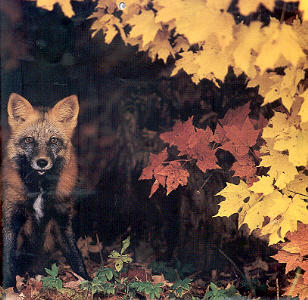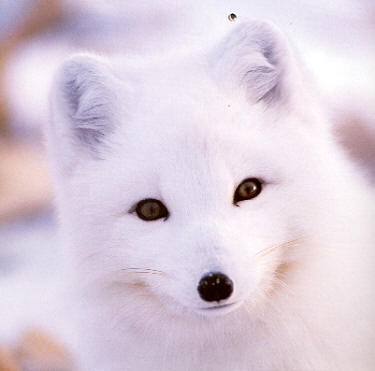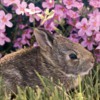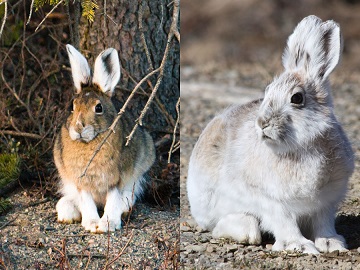Some animals undergo color changes with a change in seasons. Certain mammals and birds that live in cold climates, for example, have white fur and feathers in the winter so they can blend in with the snow and be less noticeable to their predators. Some songbirds will grow brightly colored, attractive feathers for the mating season. Those feathers are replaced by duller colors after mating is over. These color changes are also caused by pigment cells, located beneath the fur or feathers.
http://www.answers.com/topic/w...animals-change-colorOne of the biggest shifts in an animal's surroundings occurs with the changing of the seasons. In the spring and summer, a mammal's habitat might be full of greens and browns, while in the fall and winter, everything can be covered with snow. While brown coloration is perfect for a summer wooded environment, it makes an animal an easy target against a white background. Many birds and mammals deal with this by producing different colors of fur or feathers depending on the time of year. In most cases, either changing amounts of daylight or shifts in temperature trigger a hormonal reaction in the animal that causes it to produce different biochromes.
http://animals.howstuffworks.c...imal-camouflage2.htmHere is ermine in the summer











